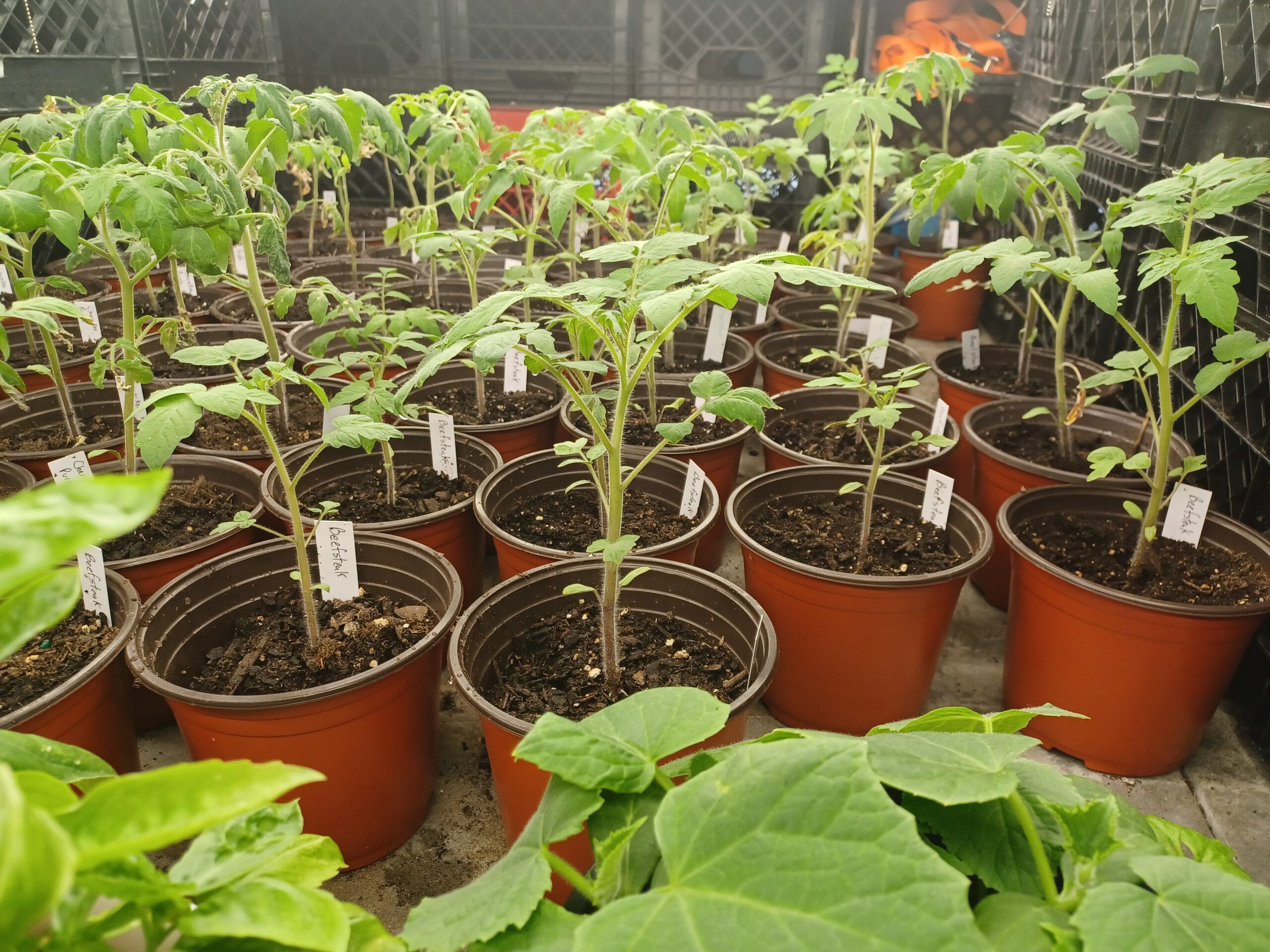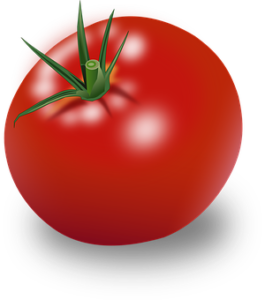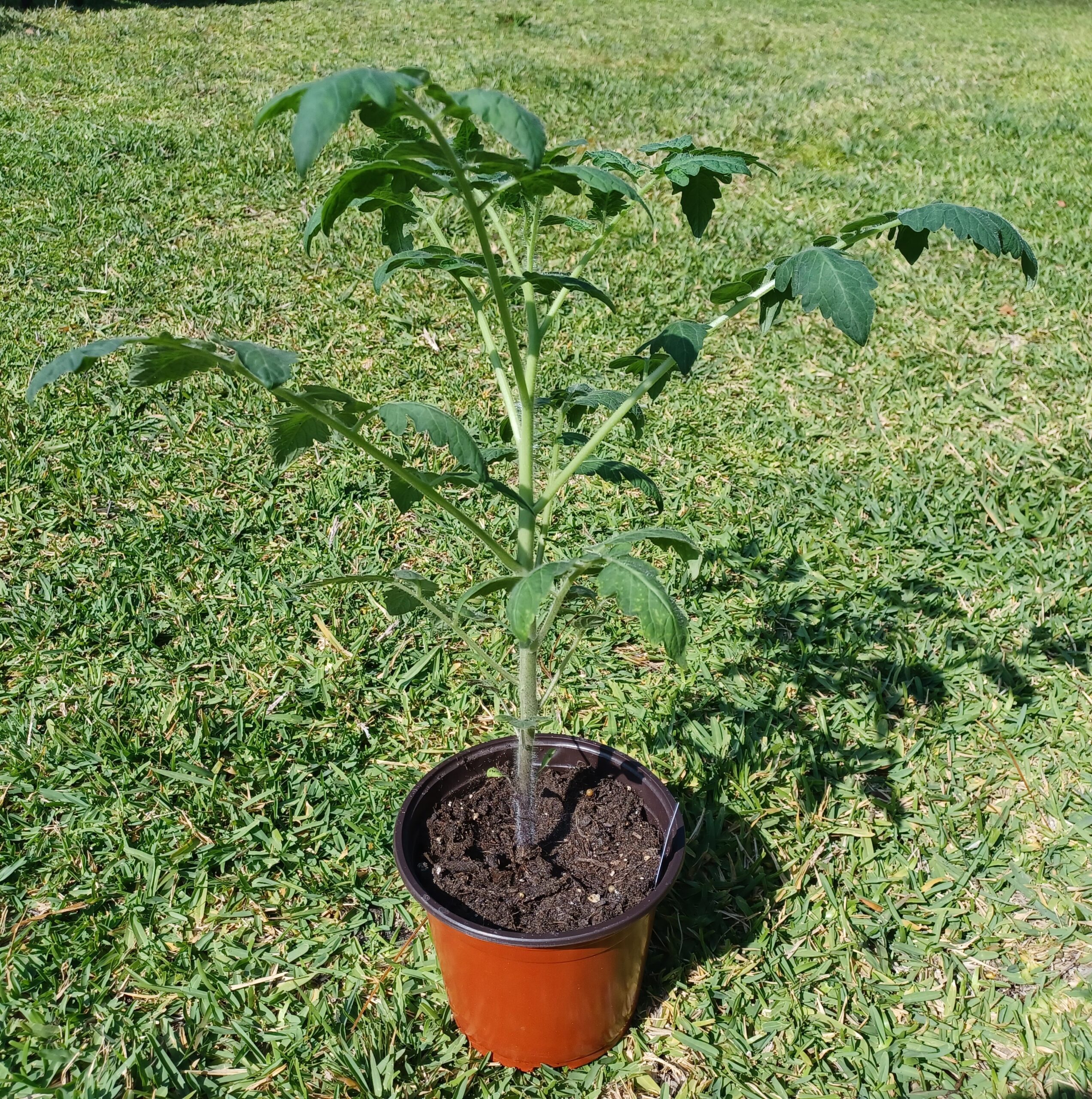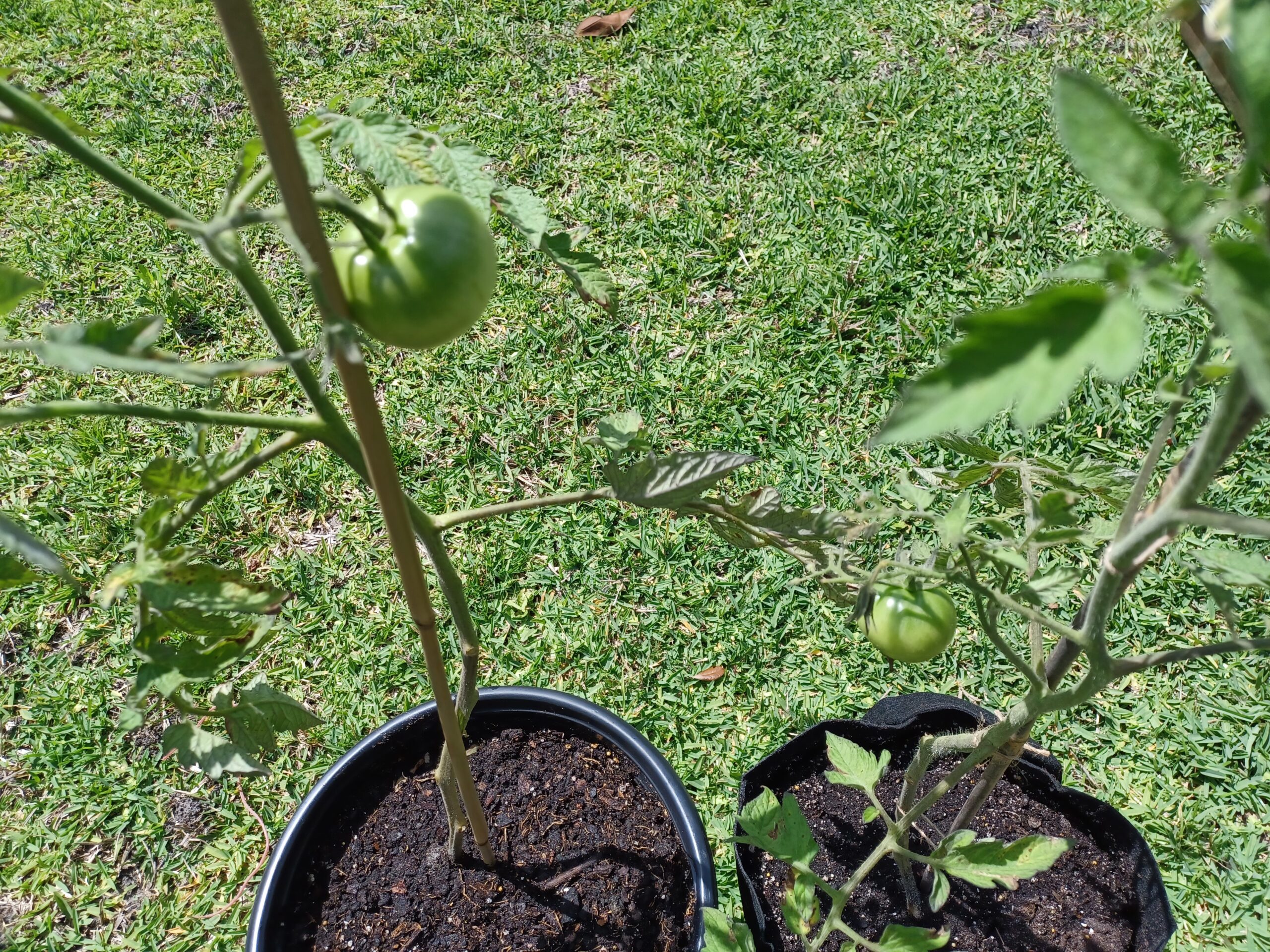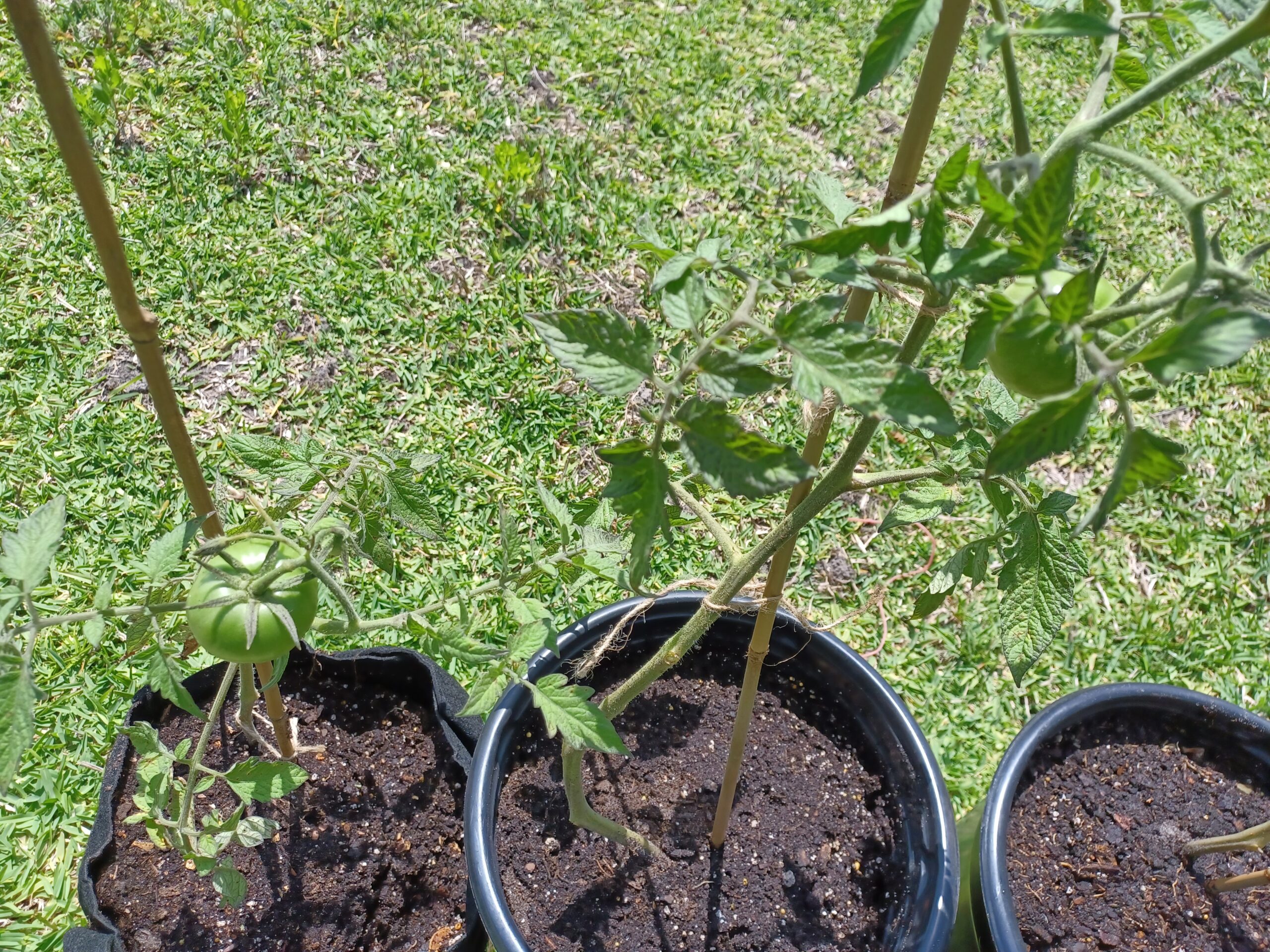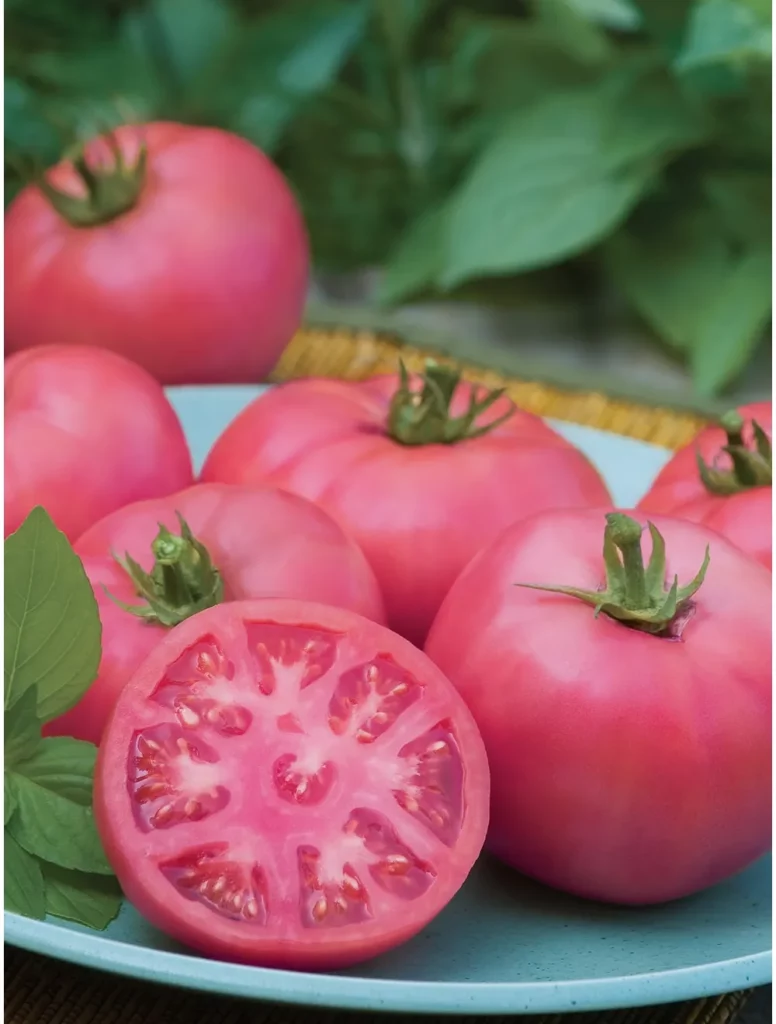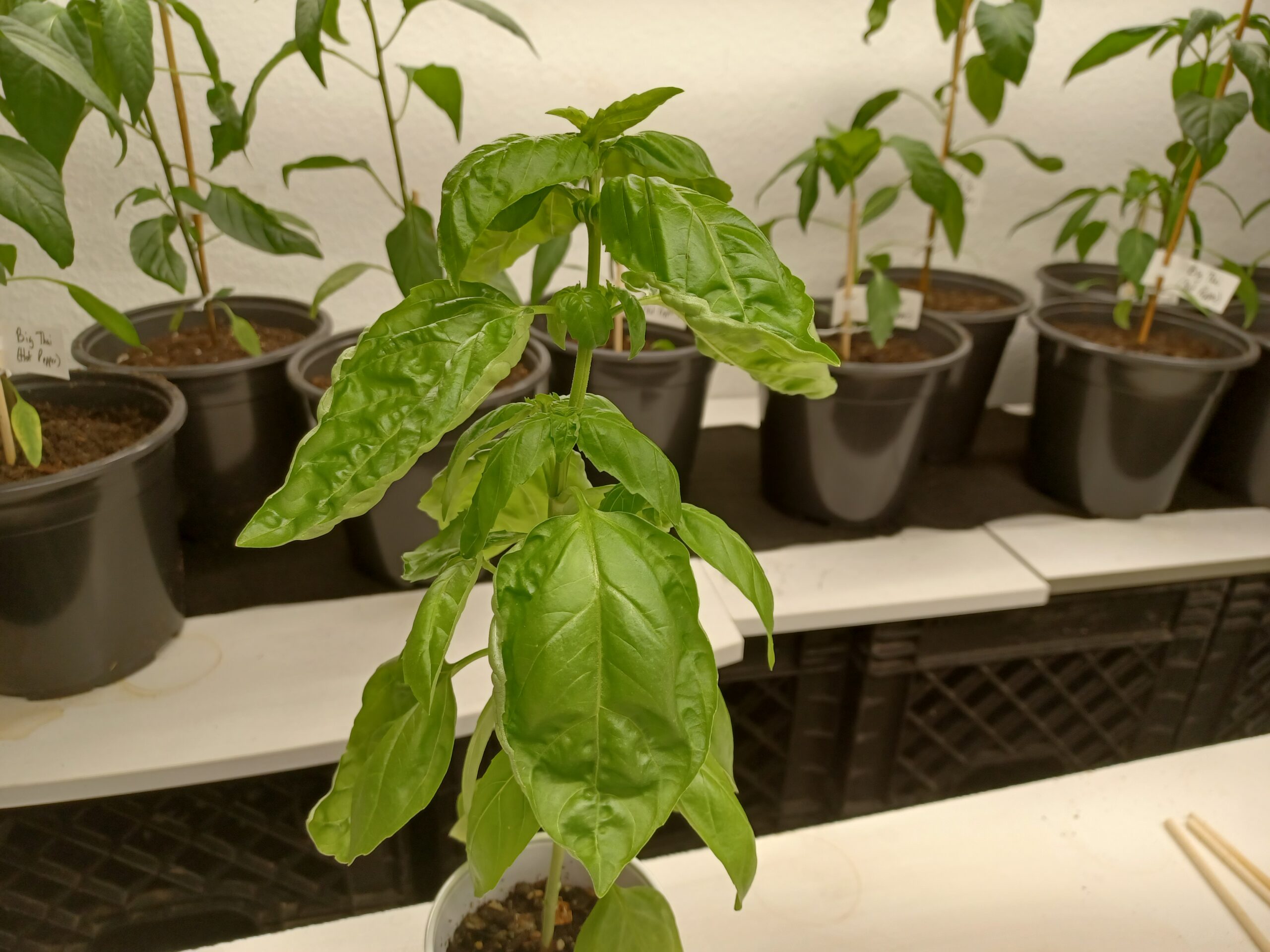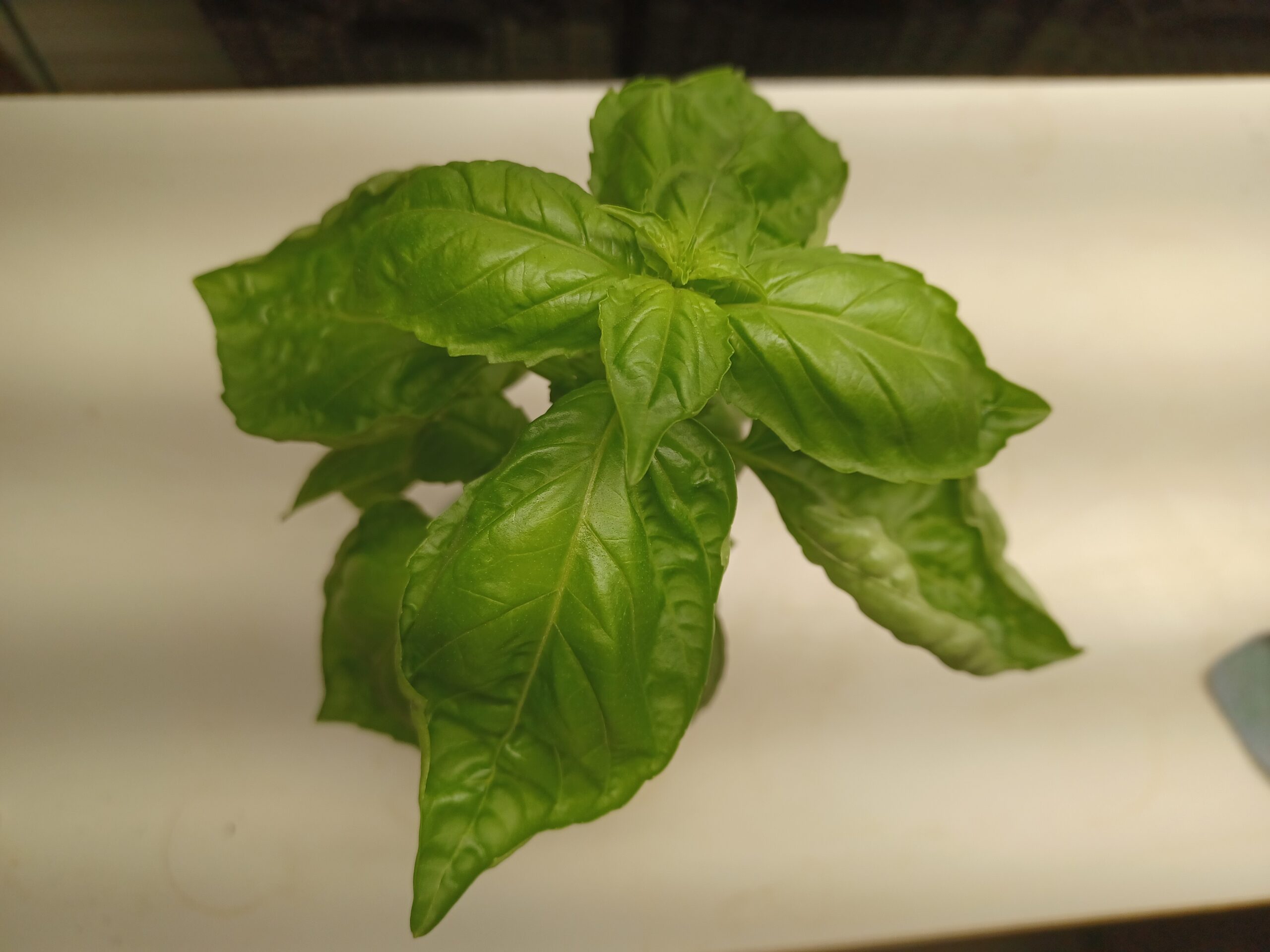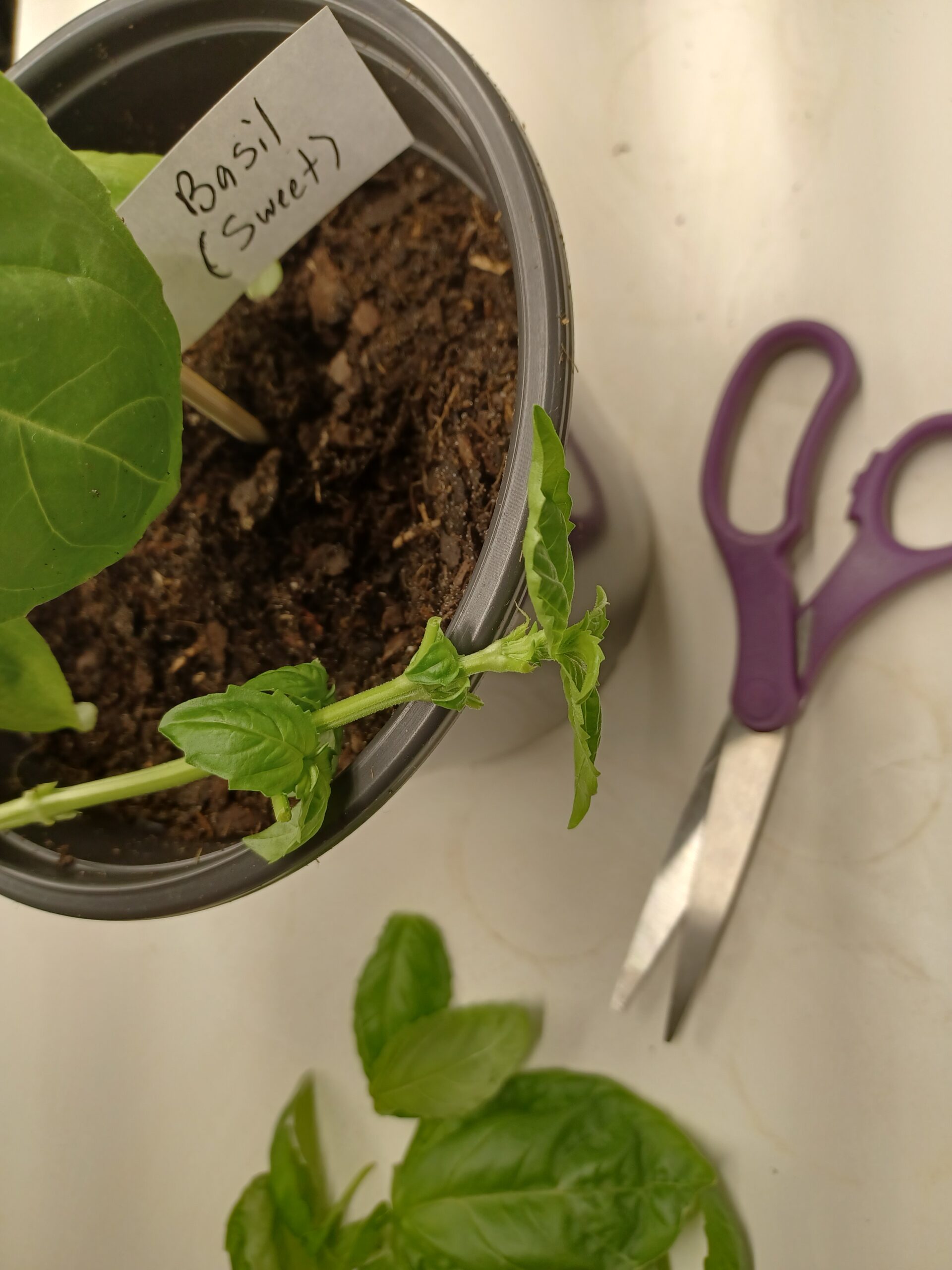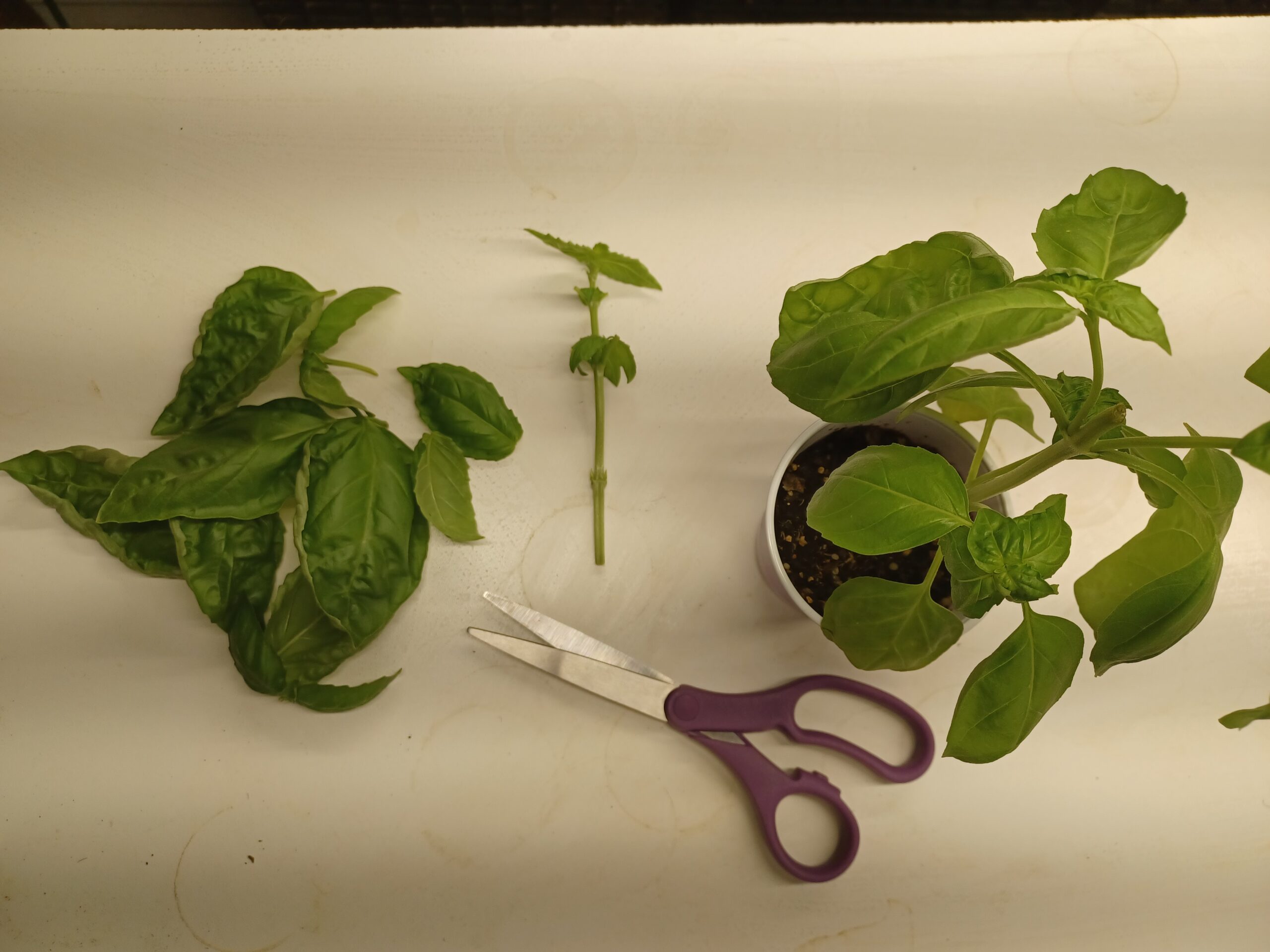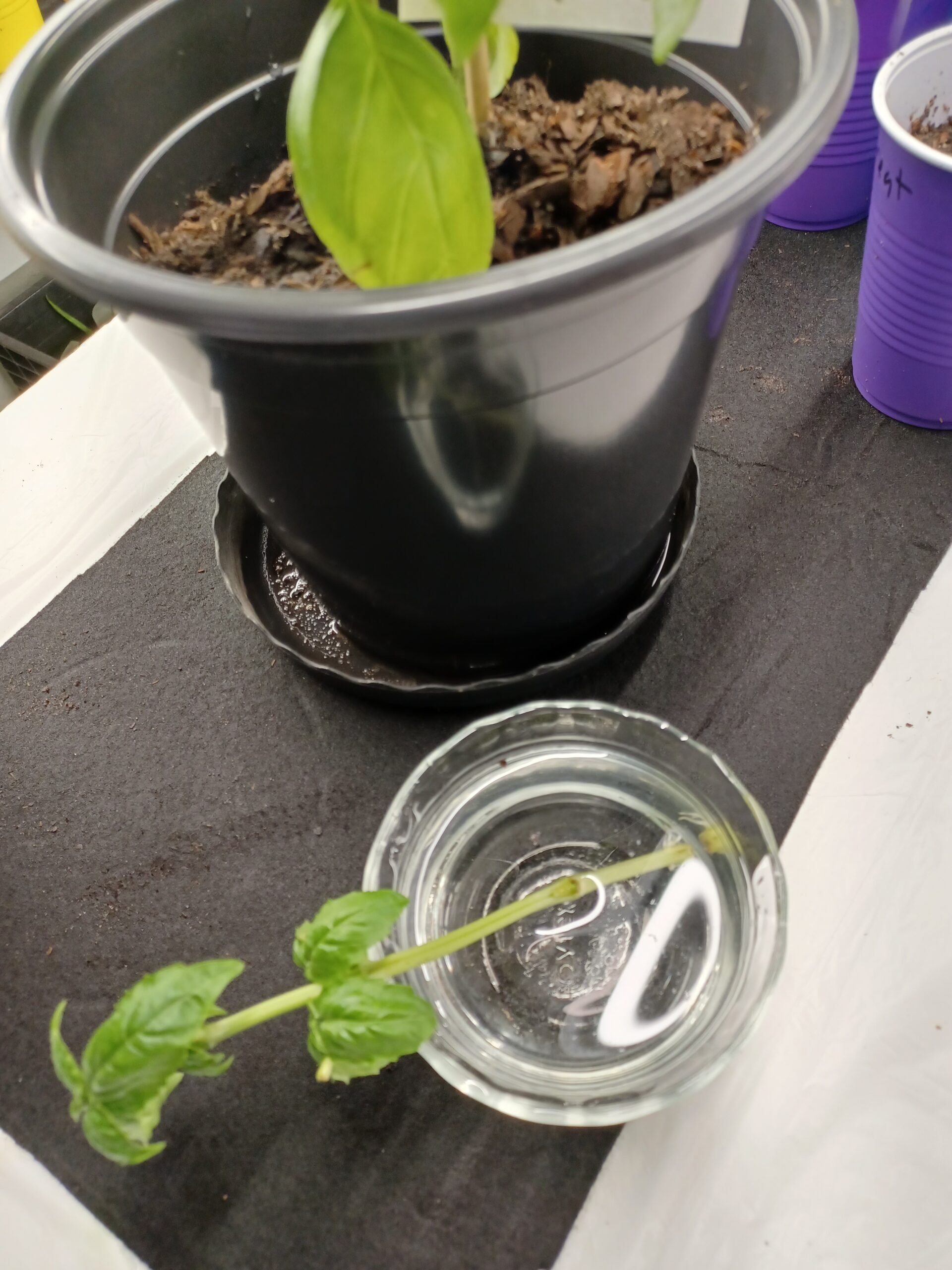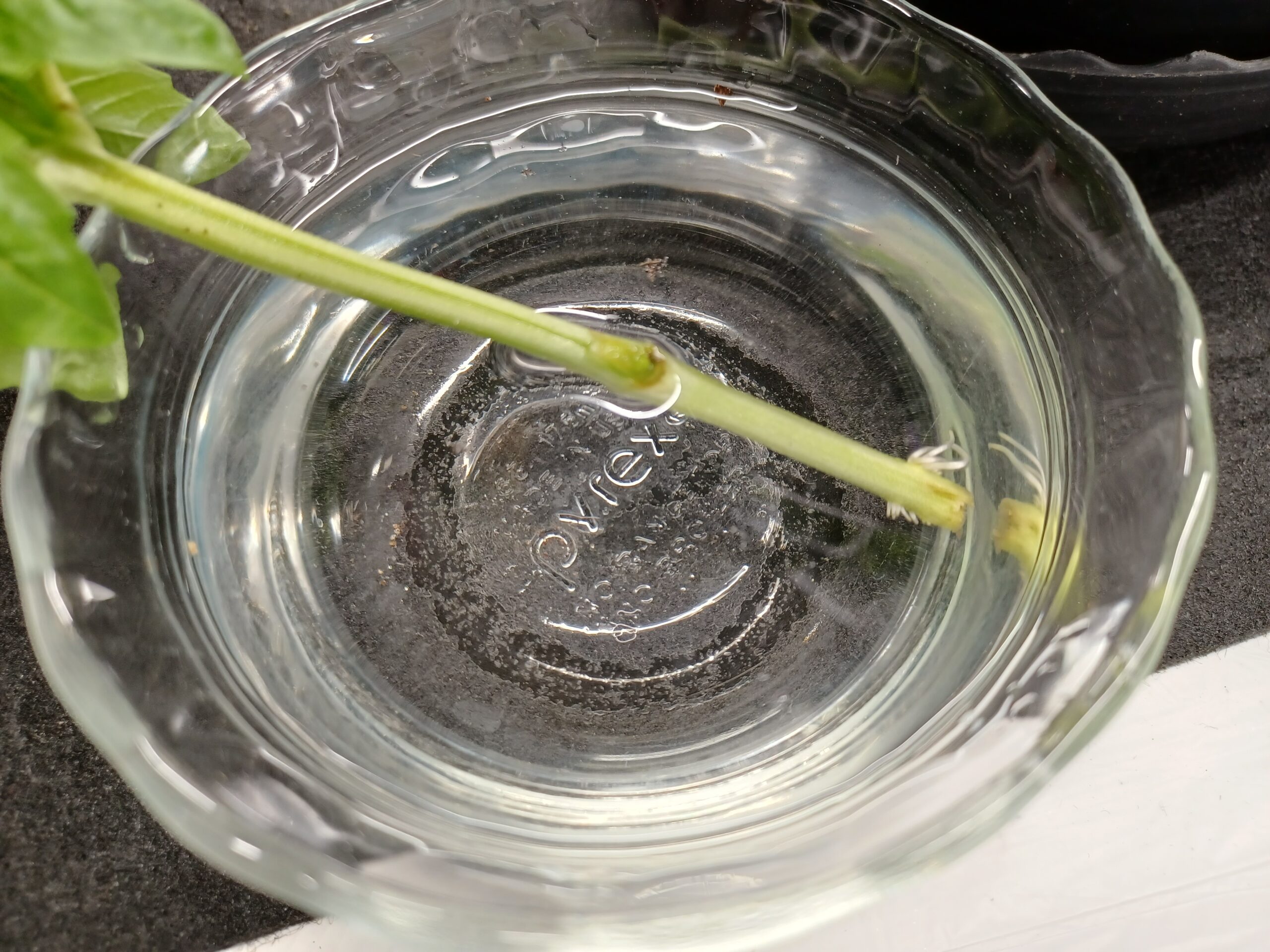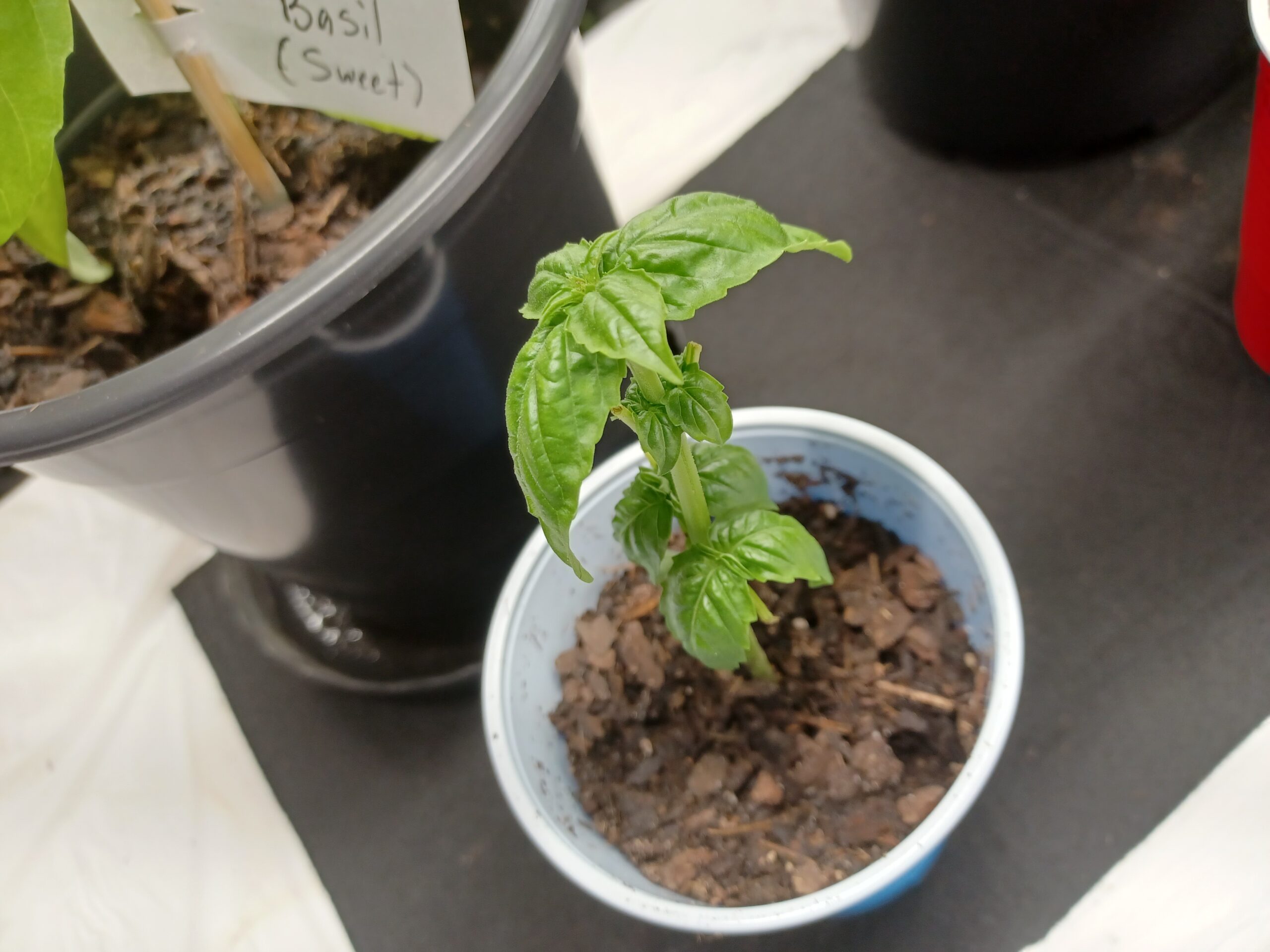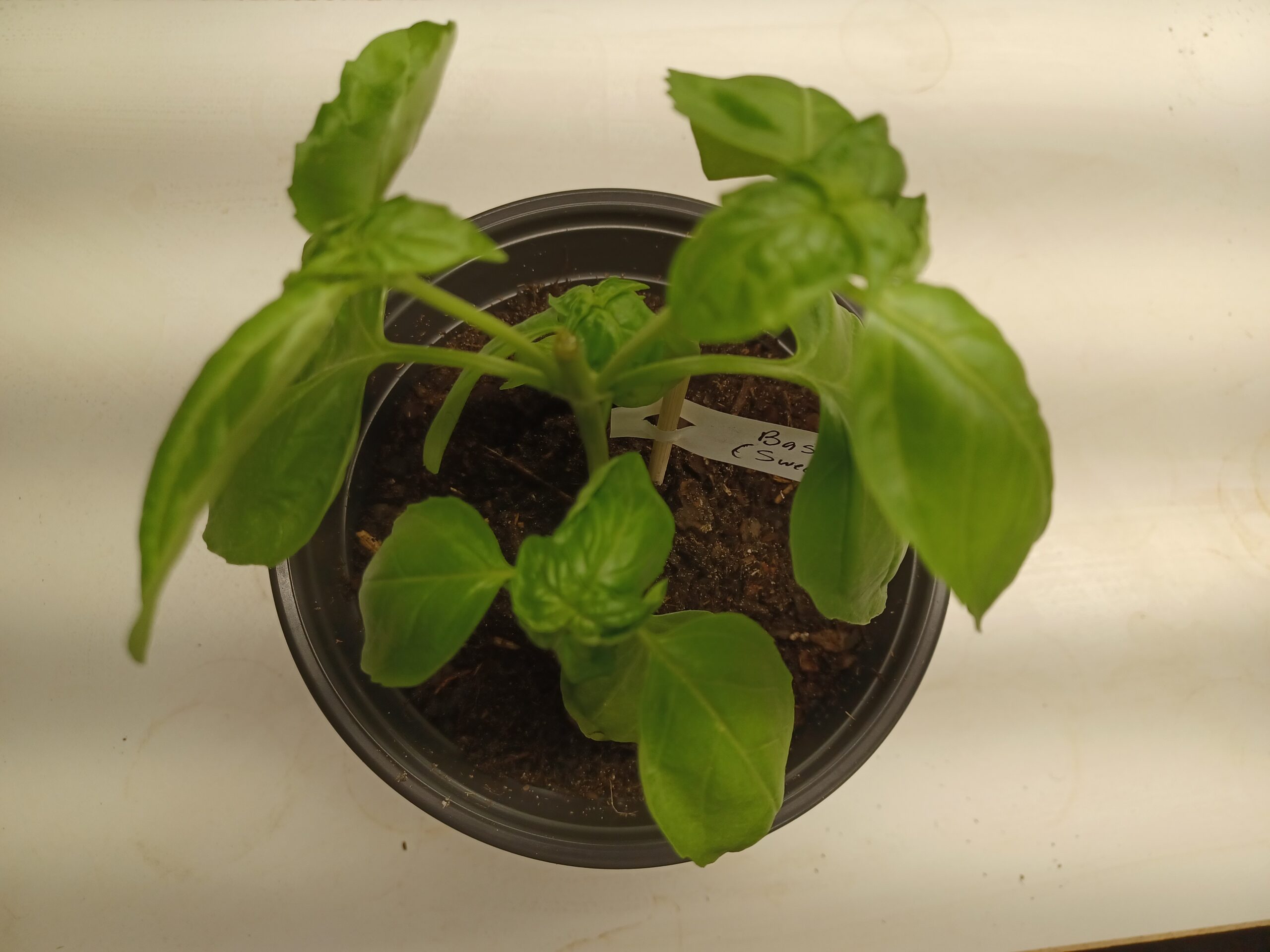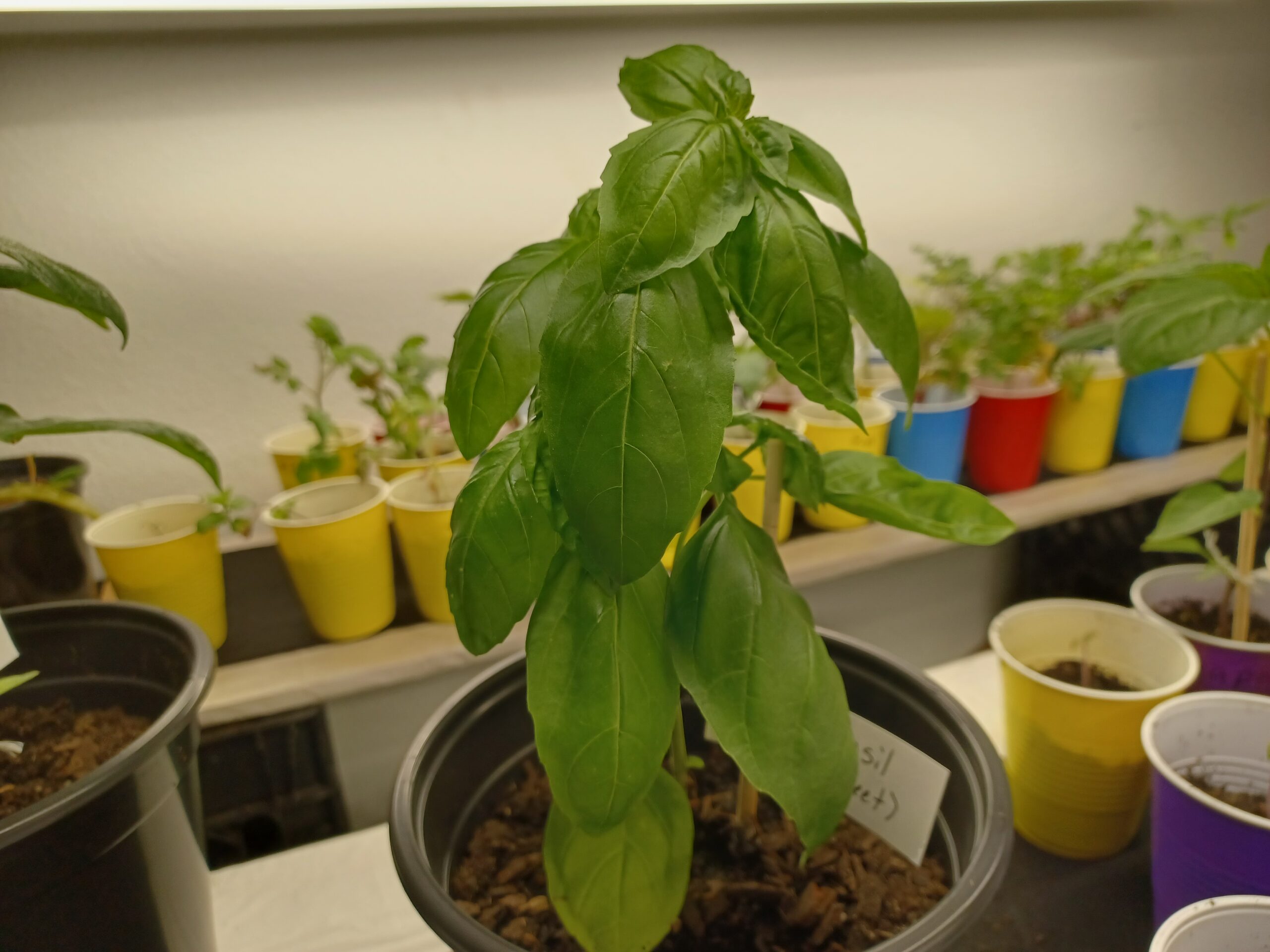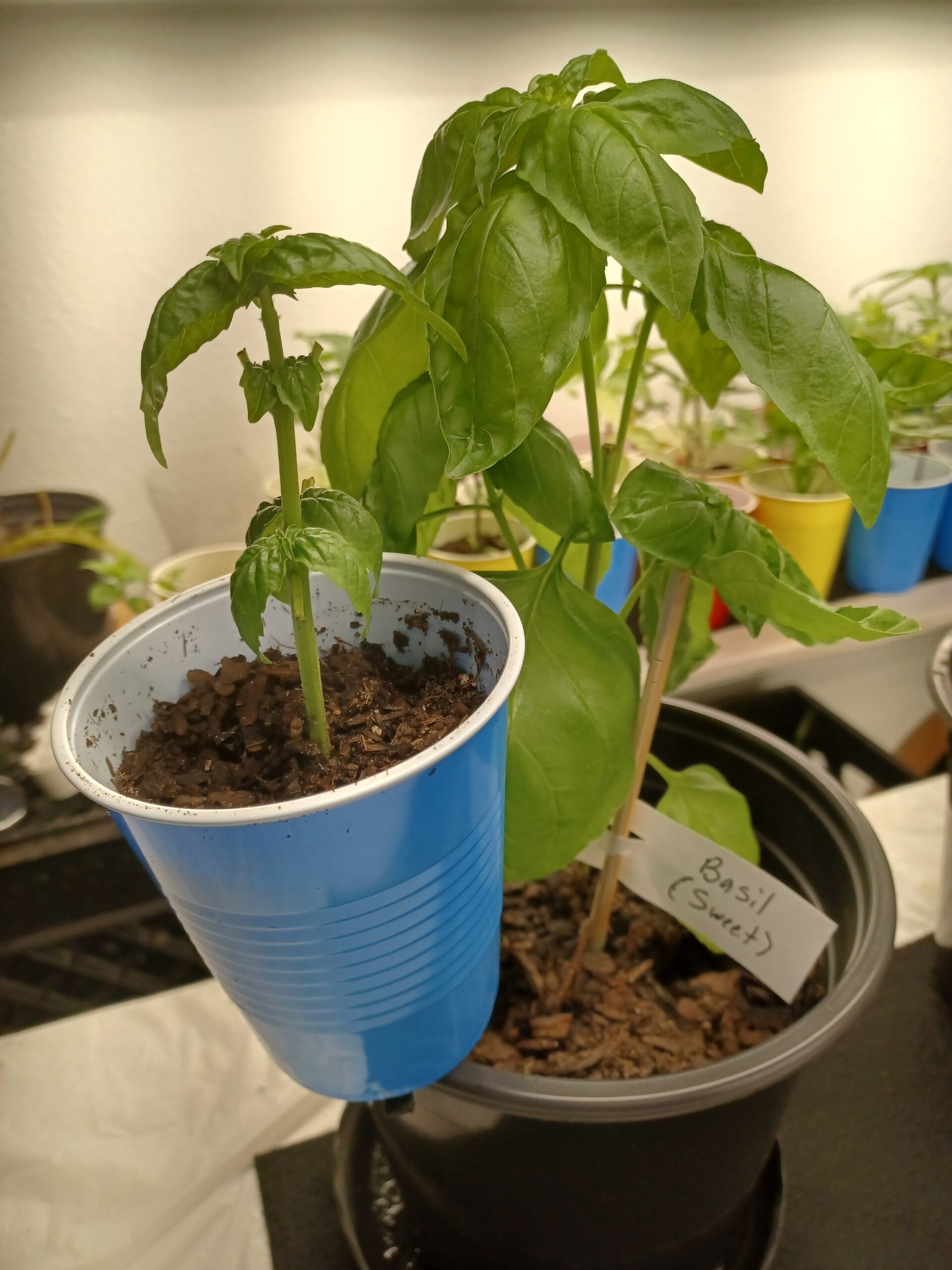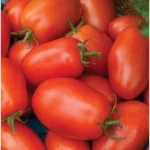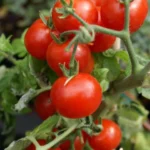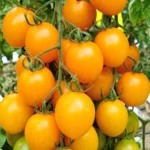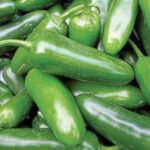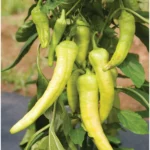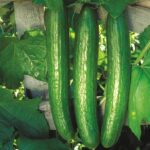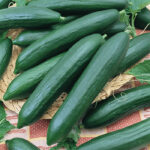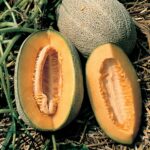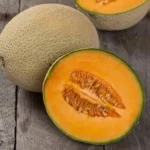If you are new to microgreens and wondering how to eat them, keep reading for tips and ideas.

As a Garnish
Microgreens can also be used as a garnish for many dishes, including soups, stews, and cocktails. Wash and dry the microgreens and place them on your dish as a final touch.
Blend them into smoothies.
Consider adding microgreens to take your smoothies to the next level. Not only do they add vibrant color and fresh flavor, but they also boost the nutritional value of your smoothie. Microgreens like spinach, kale, and wheatgrass are delicious in smoothies as they are high in vitamins and minerals.
Add them to salads
One of the easiest ways to incorporate microgreens into your diet is by adding them to salads. They add a fresh flavor and texture to any salad, and you can mix and match different varieties to create a colorful and nutrient-dense dish. Microgreens like arugula, kale, and radish are particularly good in salads, as they add a peppery kick and complement other ingredients well.
Top your sandwiches and wraps.
Another way to use microgreens is adding them to your sandwiches and wraps. They provide a refreshing, crispy layer that balances heavier ingredients like meat and cheese. Microgreens like alfalfa, broccoli, and sunflower are great options for sandwiches and wraps, as they are mild in flavor and pair well with various fillings.
Ready to enjoy a constant supply of nature’s nutritional treasures, expertly grown just for you? Our Microgreen Subscription Club takes the hassle out of cultivation while delivering a steady stream of fresh, greenhouse-grown microgreens to your doorstep. Join and savor the convenience of having these vibrant superfoods at your fingertips. Sign up now and let us do the growing for you, ensuring that you reap the benefits of health and flavor effortlessly. Don’t miss out on this green revolution – subscribe today!

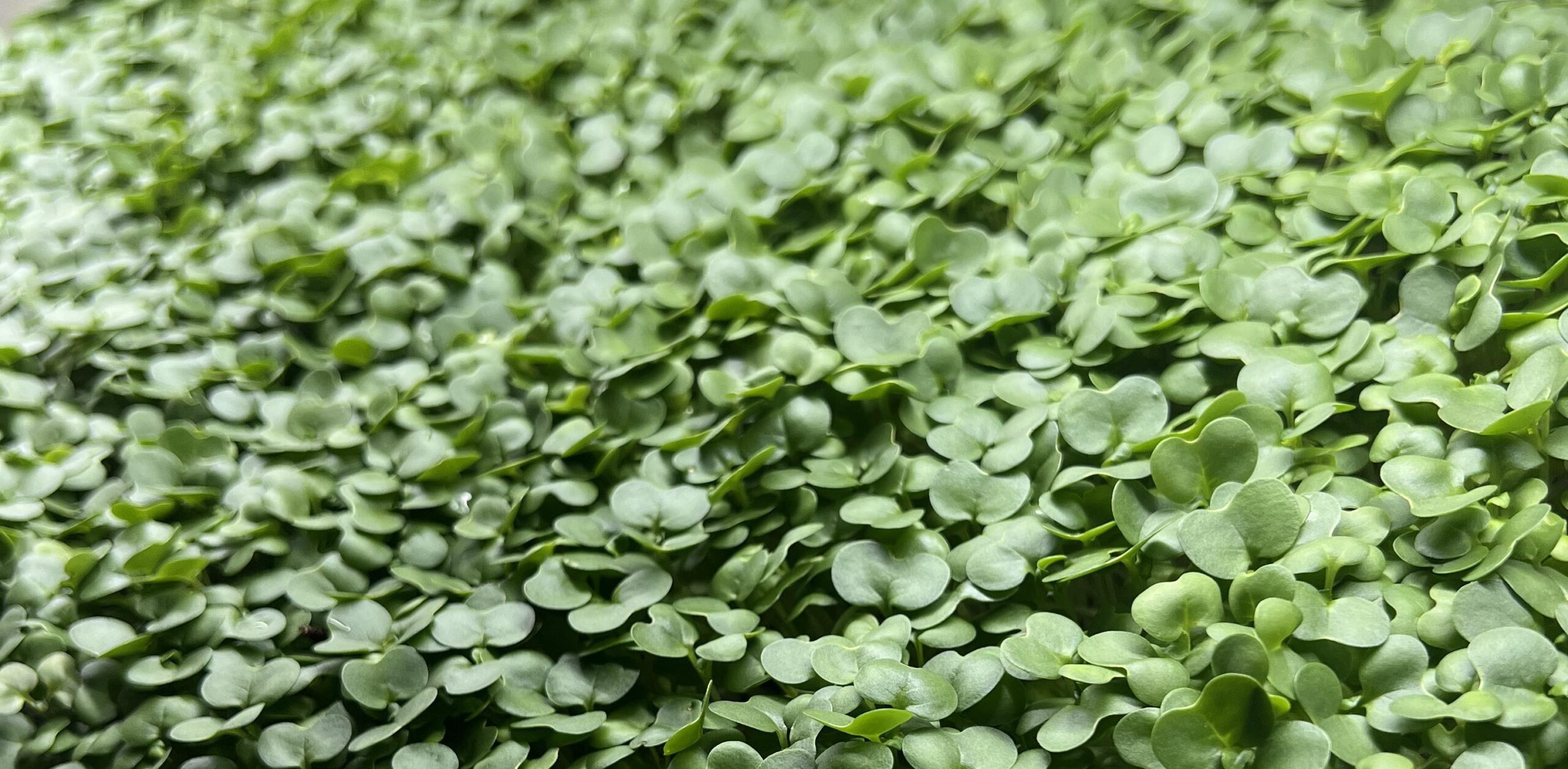
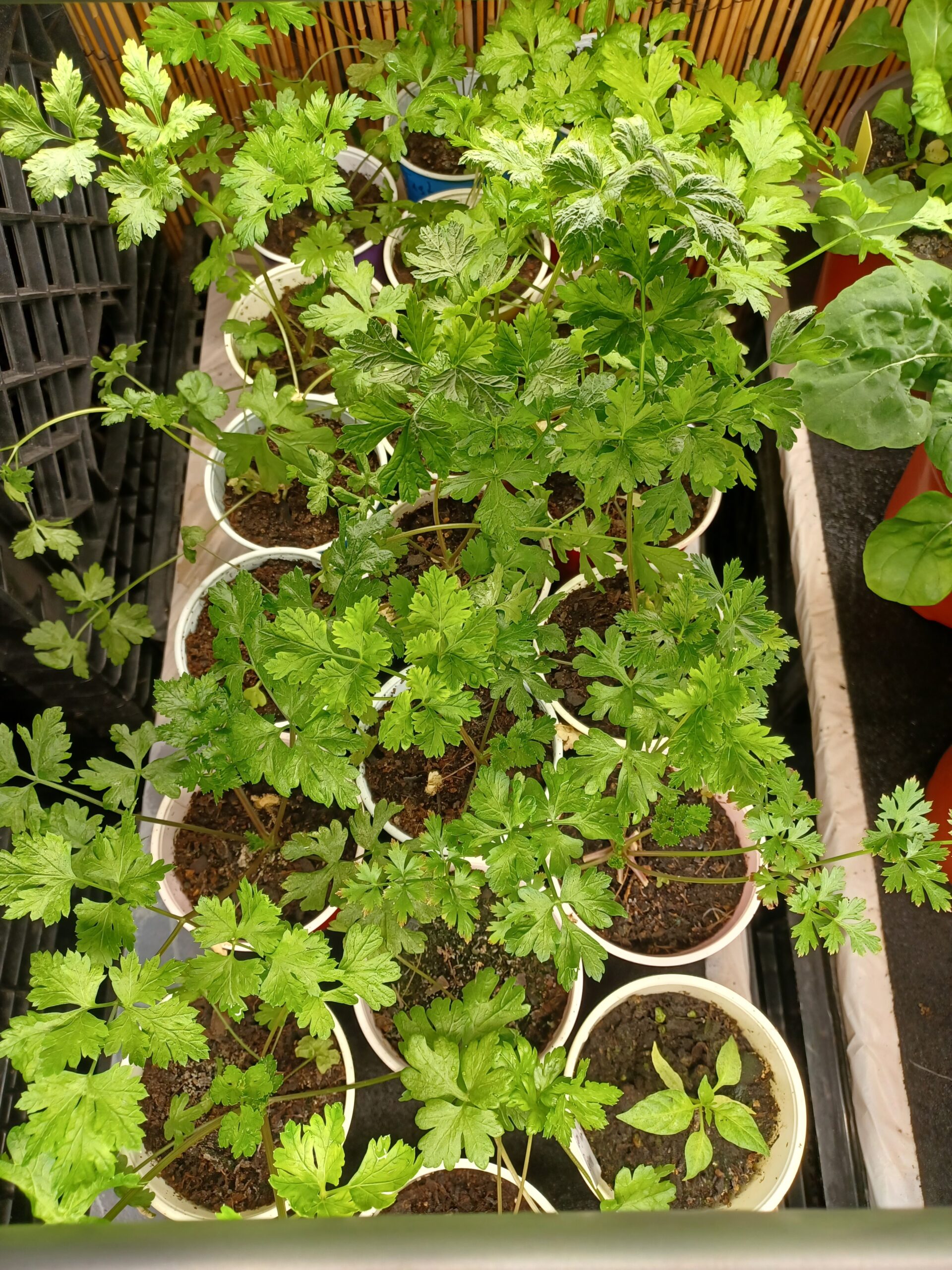
![Parsley Seedlings [Palm Coast, Florida]](https://www.thebiggskids.com/wp-content/uploads/2023/06/parsley_close1-scaled-324x324.jpg)

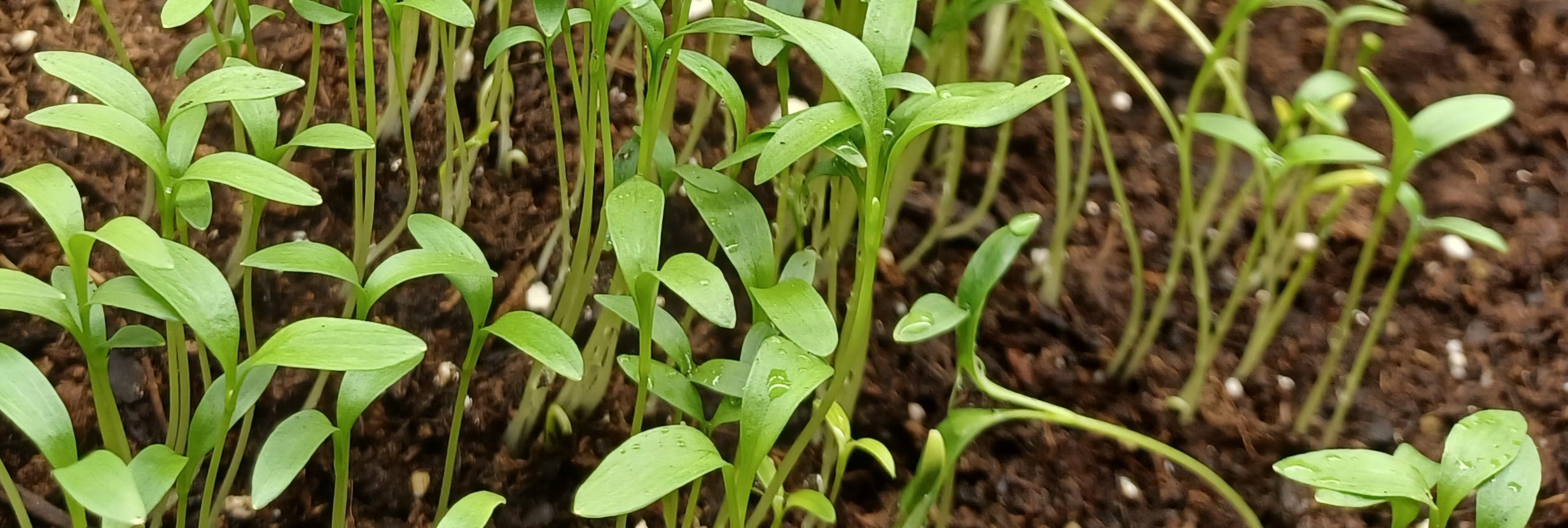
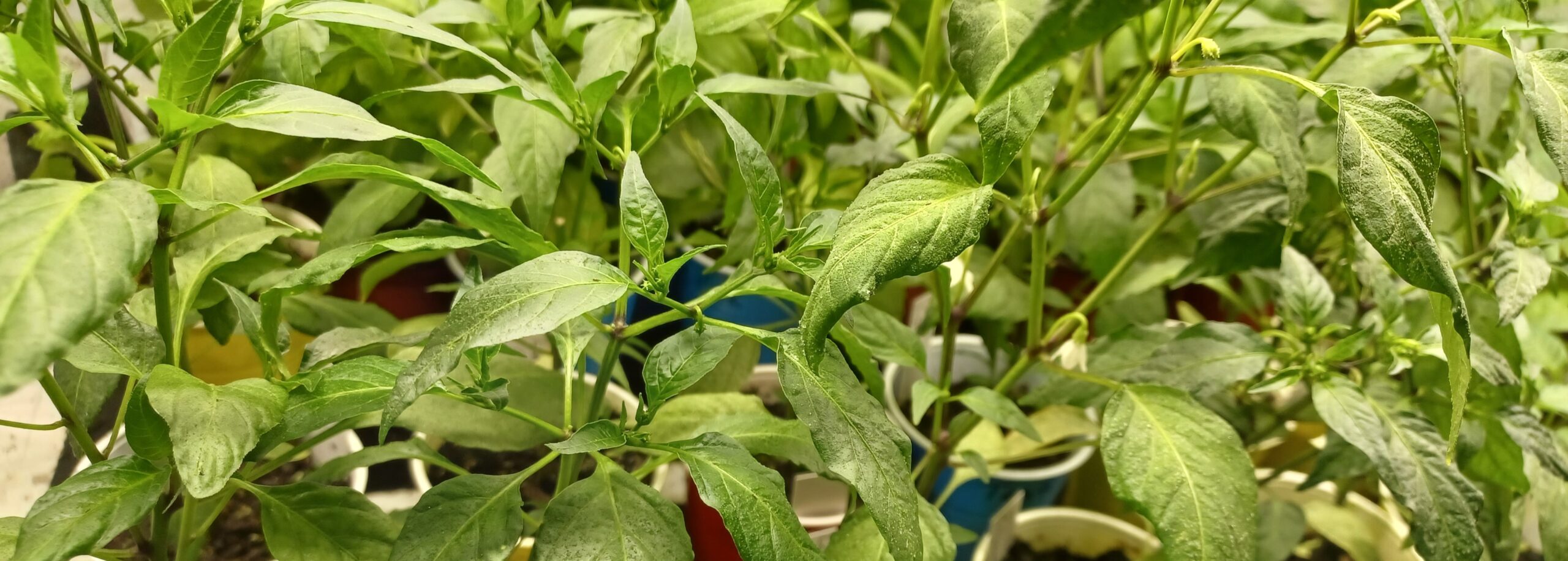
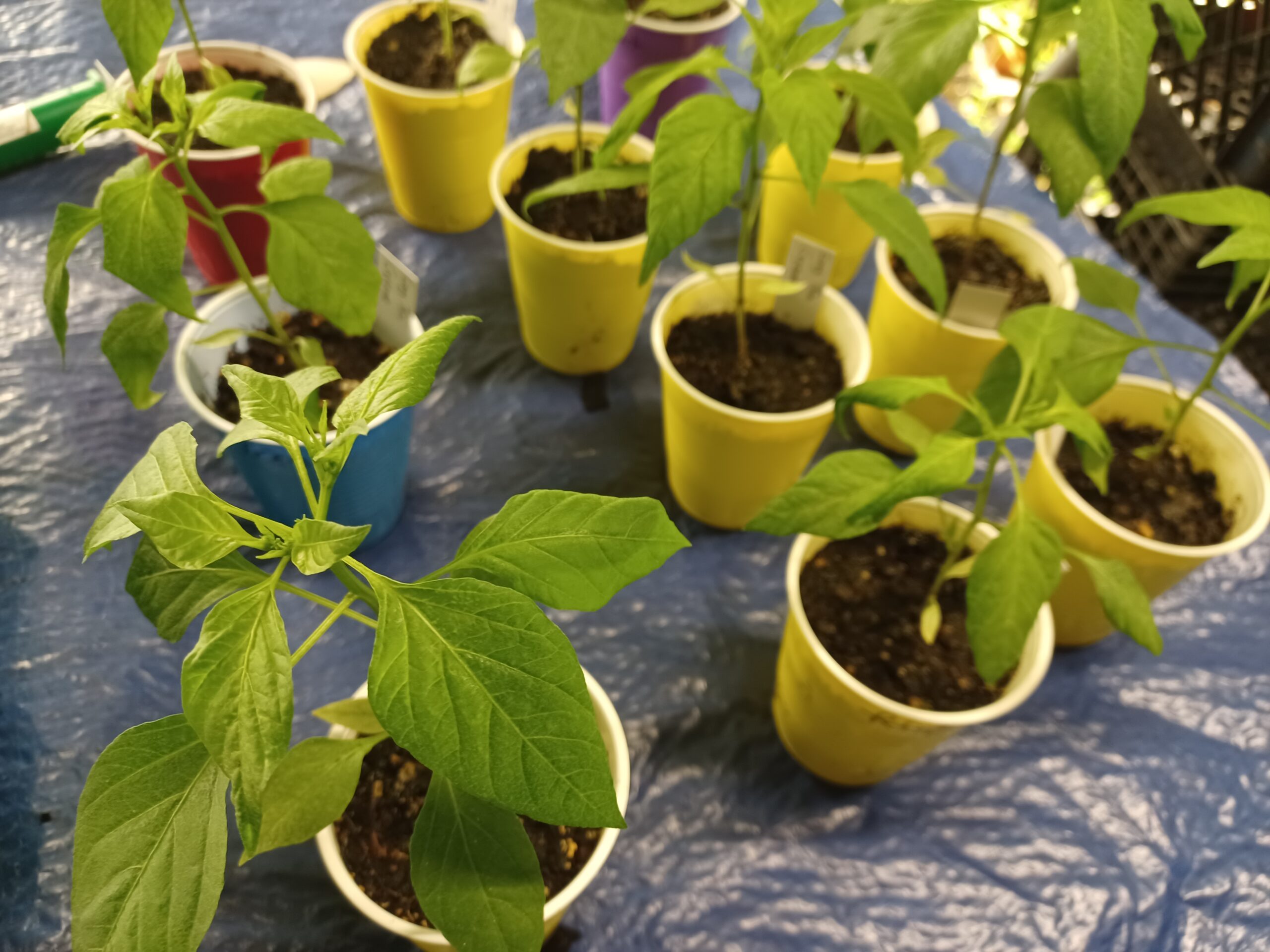
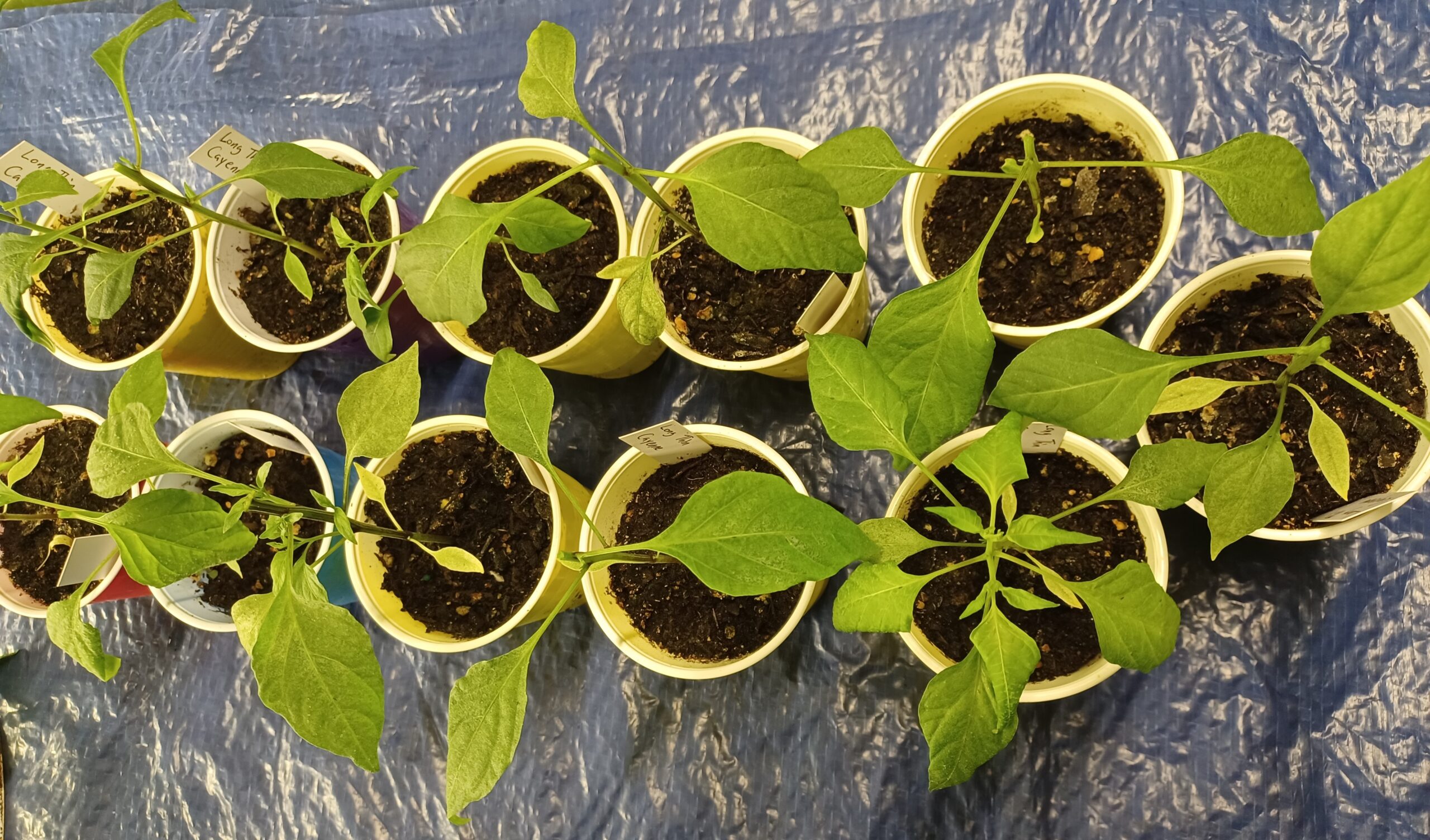
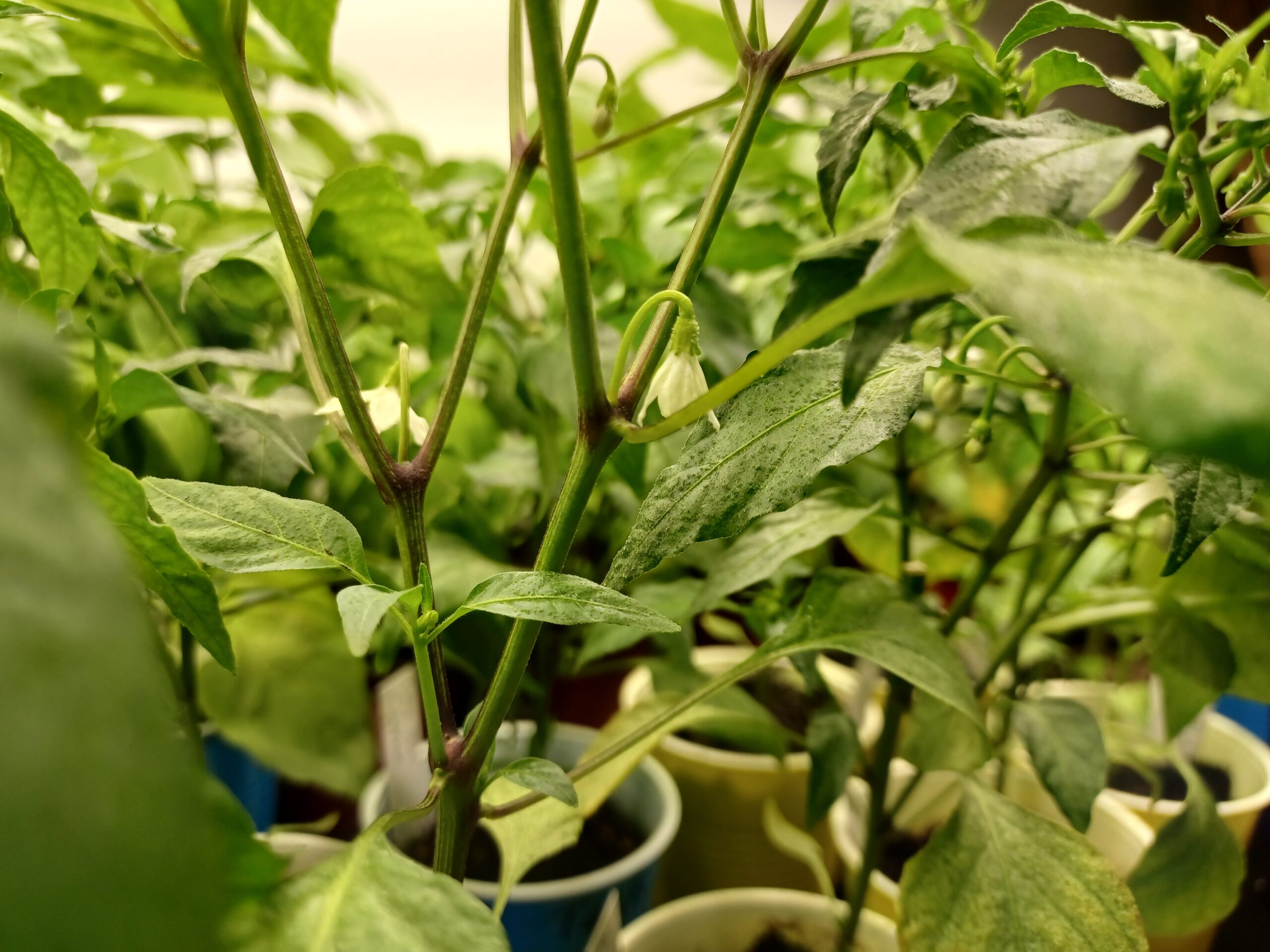
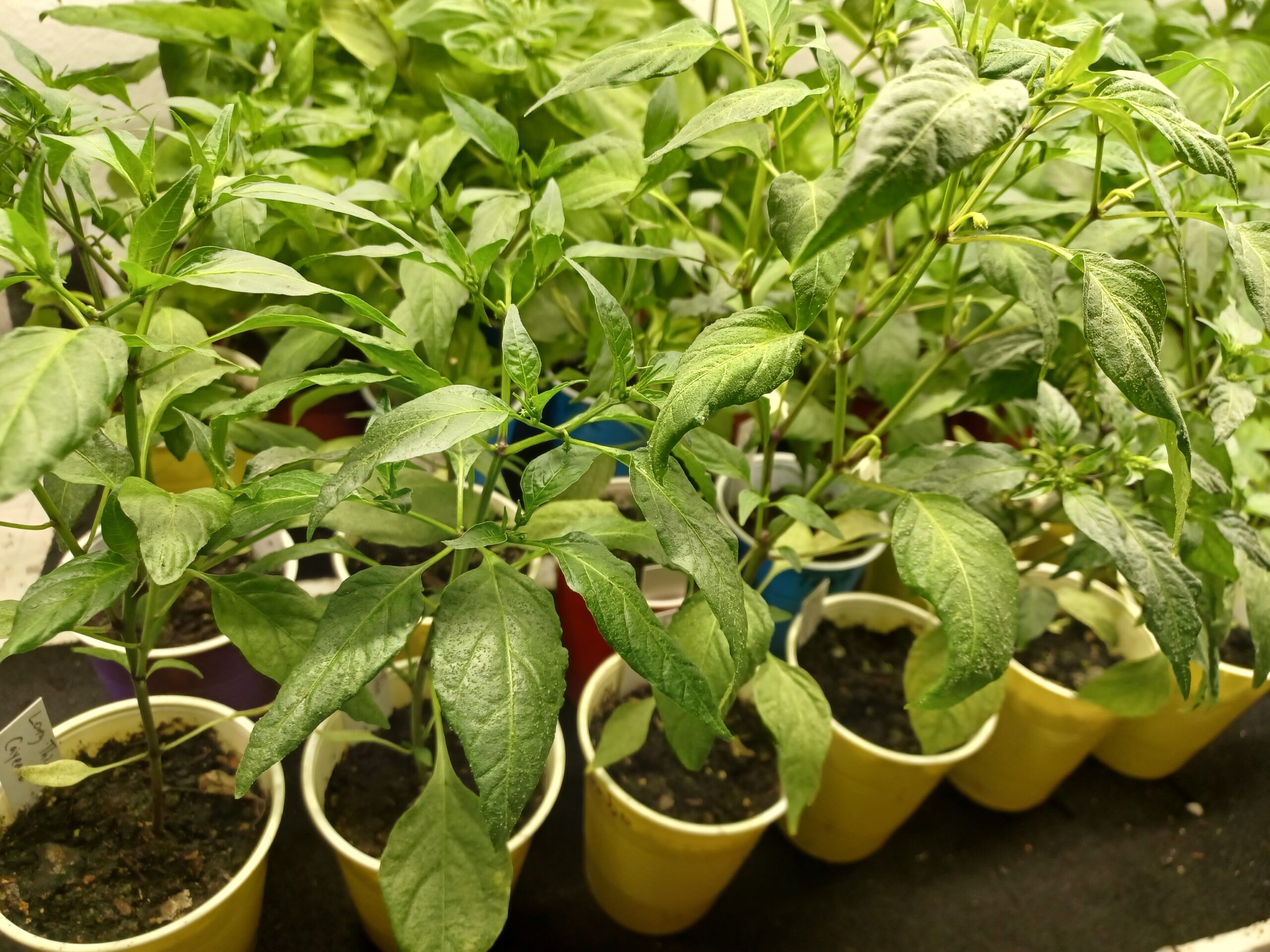
![Jalapeno Pepper Seedling [Palm Coast, Florida]](https://www.thebiggskids.com/wp-content/uploads/2023/02/jalapeno_pepper-324x324.jpg)
![Big Thai Hybrid Pepper Seedling [Palm Coast, Florida]](https://www.thebiggskids.com/wp-content/uploads/2023/01/big_thai_pepper-324x324.webp)
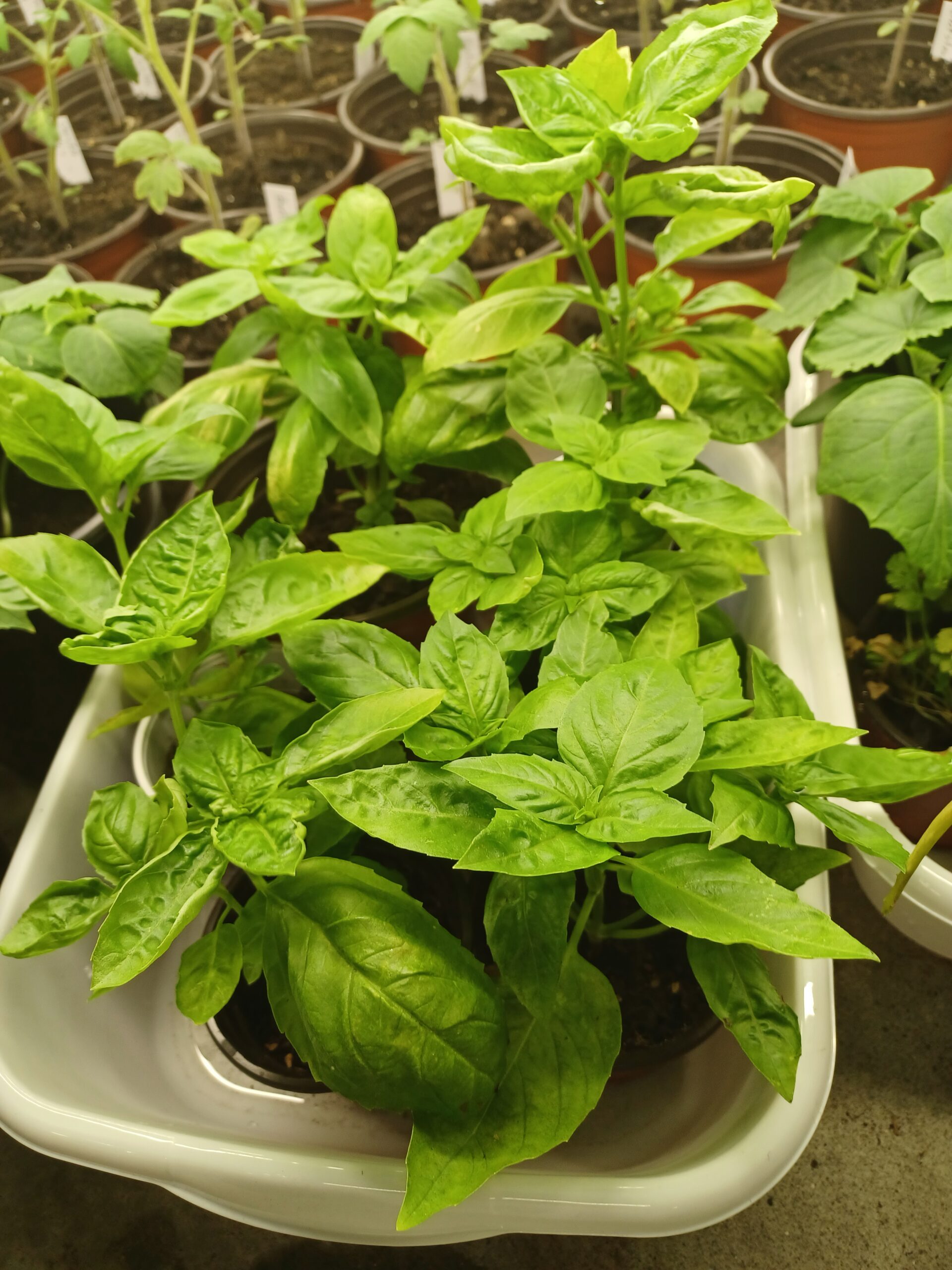
![Basil (Sweet) Seedlings [Palm Coast, Florida]](https://www.thebiggskids.com/wp-content/uploads/2023/06/basil_full2-scaled-324x324.jpg)

